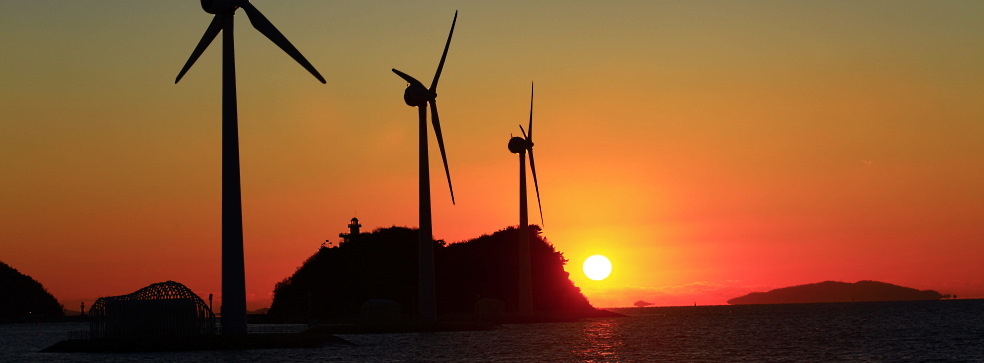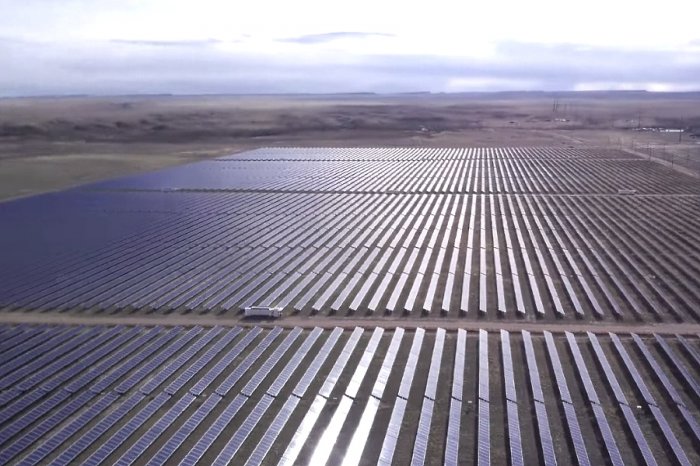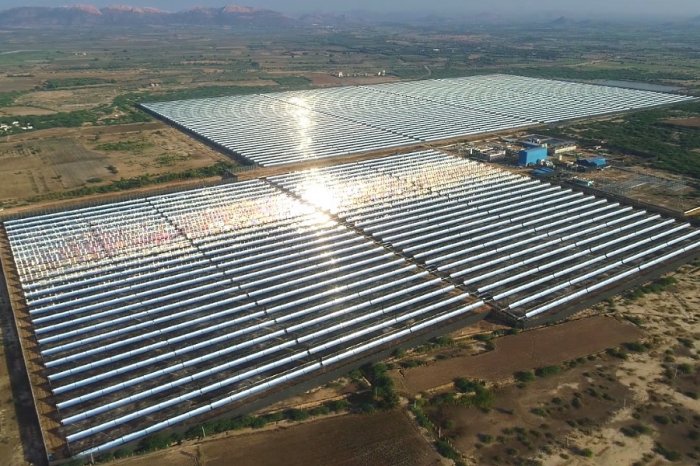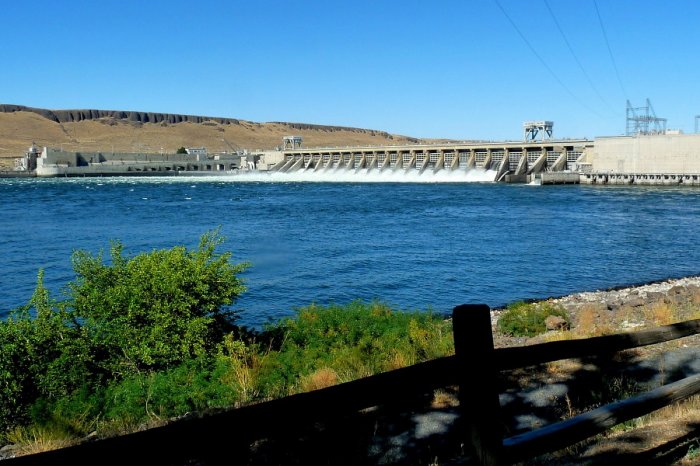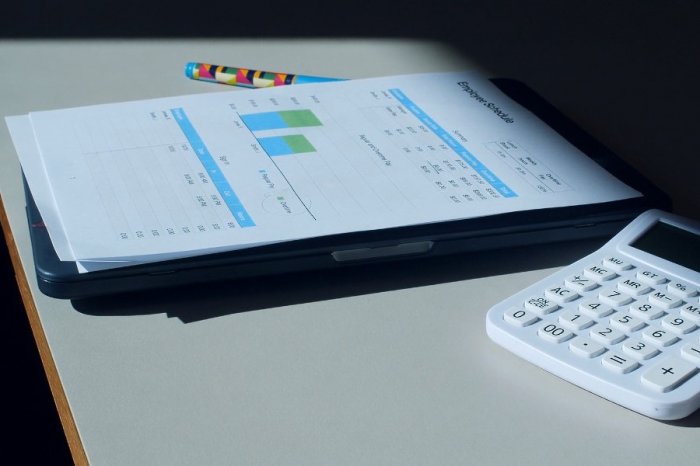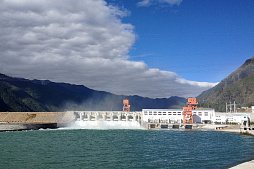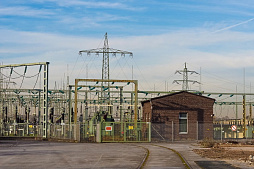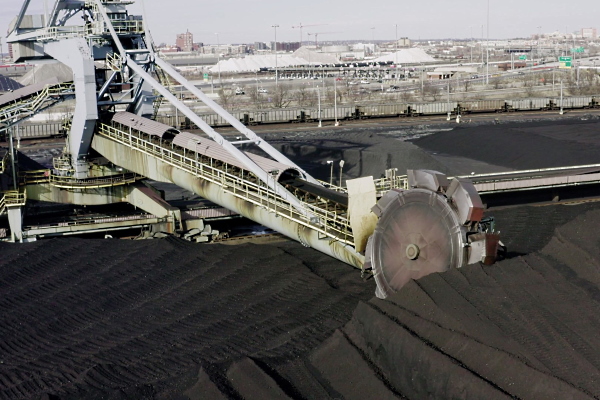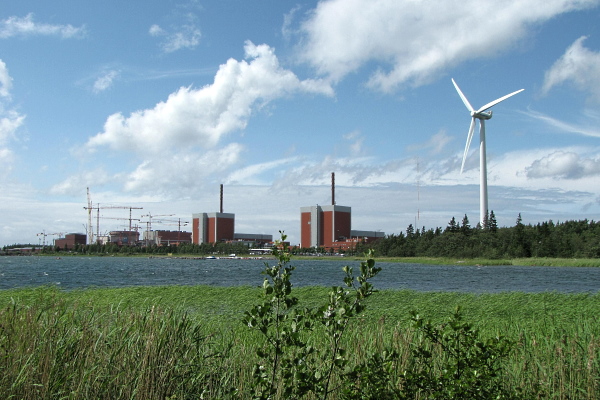To consider an application for financing, fill out the form and send it to us by e-mail along with the project brief, or contact our experts
Its technology uses air that is cooled and stored as a liquid, and, if necessary, converted back into gas, which drives a turbine and generates electricity.
The technology formed the basis for the first ever cryogenic energy storage (LAES, Liquid Air Energy Storage), built near Manchester in 2018.
In the same year, the company became the winner of the Business Green Technology Awards for the best green technology according to the experts in the field of sustainable development.
As a groundbreaking solution for long-term energy storage, LAES is able to supply power to consumers for up to 12 hours. It scales easily and has no geographic or climatic restrictions. The technology does not use expensive metals or harmful chemicals.
The service life of cryogenic energy storage systems is now up to 40 years.
The main material for the construction of these facilities is steel, which can be dismantled and disposed of at the end of its service life without harming the environment.
Highview Power is currently implementing major projects in the field of energy storage based on cryogenic technology.
Investors can find out more about our international financial services by contacting us.
Cryogenic energy storage technology: past and future
Uneven production of energy from renewable sources (RES) is one of the main problems that are currently holding back the growth of wind and solar power plants.Generally, renewable energy sources are characterized by overproduction during periods of low consumption and energy shortages during peak loads. This creates serious difficulties in balancing the power grid, especially in traditional power grids with a centralized structure where consumers are passive elements of the power system.
The transition from this type of structures to the so-called smart grids, where consumers are active elements of the energy system, contributes to an increase in the share of renewable energy sources in the structure of energy consumption and helps to more effectively balance production and consumption of energy.
One of the steps towards smart grids is the introduction of energy storage systems on a large scale.
Currently, the leaders in this area are the United States, China, South Korea, Germany, France, Japan, India, Britain, Australia, and UAE. The basis of electricity storage is still pumped storage power plants with a share of more than 96%.
The World Energy Council predicted that up to 250 GW of energy storage systems will be installed in the world by 2030.
Table: Installed capacity of energy storage facilities (behind the meter) by country for 2018.
| Country | Capacity, GW |
| South Korea | 0,8 |
| People's Republic of China | 0,6 |
| United States | 0,4 |
| Germany | 0,3 |
| Other countries | 1,0 |
There are many such systems based on a variety of physical principles.
They use heat or cold storage, hydroelectric energy, compressed air, cryogenic substances, flywheels, supercapacitors, superconducting magnets, electrochemical cells, etc.
However, the most significant and promising technology is cryogenic energy storage (CES) and, in particular, energy storage with liquid air, successfully implemented by Highview Power.
Clean atmospheric air contains about 78% nitrogen and 21% oxygen.
At atmospheric pressure, nitrogen boils at -195.8 C, and oxygen at -183 C. Latent heat of vaporization is 200 kJ / kg for nitrogen and 213 kJ / kg for oxygen.
The boiling of liquid air or nitrogen is accompanied by more than 700-fold expansion in volume (more than 700 liters of gas are produced from 1 liter of liquid), and this rapid expansion is at the heart of numerous invented cryogenic engines.
The principle of operation of a cryogenic energy storage is simple and logical:
• During periods of low energy consumption, air is liquefied and stored in insulated containers at low temperatures (energy storage).
• During periods of high demand and high energy costs, the stored liquid air expands to drive the generator (supply of stored energy).
Cryogenic energy storage is a proven concept with over 100 years of history.
Back in 1899, the American company Liquid Air, Power and Automobile Company from Boston advertised a car running on liquefied air. The car was demonstrated by its inventor Knudsen during an exhibition in London in 1902, where it aroused great interest and conflicting reviews.
About a century later, in 2001, British inventor Peter Deerman patented the so-called Deerman engine, which also uses liquefied air or nitrogen and finds various uses, mainly in transport.
In recent decades, Mitsubishi Heavy Industries (Japan) has launched and implemented a number of CES research and development initiatives and projects. Highview Power has made significant progress in the practical implementation of this concept. Also worth mentioning are the Birmingham Centre for Energy Storage (UK) and Linde Gas (Germany).
Despite the long history of CES technologies, their use is still limited due to low efficiency (the ratio between energy input and energy received after storage). This disadvantage can be partially compensated by the commercial use of the released cold for industrial consumers.
Cryogenic energy storage systems for renewable sources
The future, when 100% of the world's electricity will be generated from clean sources, is becoming obvious to everyone.This trend is driven by the harsh reality of climate change.
Getting energy from fossil fuels is a habit that people must abandon in favor of renewable sources and modern technologies, including cryogenic energy storage.
Across the United States, more than 100 cities have set ambitious targets for 100% clean energy. In late 2018, Xcel Energy made a landmark announcement, committing itself to supply only carbon-free electricity by 2050 across its entire service area in eight US states.
Europe has made even more progress.

Most European countries have set similar targets for renewable energy sources, and some of them have been met ahead of schedule. Germany gets over 36% of its electricity from renewable sources, Denmark more than 50%, and Iceland produces almost 100% of its energy from renewable sources.
The qualitative breakthrough we are seeing in the market was made possible by the fact that the cost of renewable energy is almost equal to the cost of producing energy from fossil fuels. The levelized cost of electricity (LCOE) of solar power has been reduced by 85%, from $ 350 per MWh in 2009 to $ 50 per MWh in 2017. It is expected to drop to $ 37 per MWh by 2050.
Wind energy has seen a similar drop in prices, with the average LCOE of wind power in 2017 falling to $ 45 per Mwh.
Competitive pricing drives unprecedented levels of renewable energy use.
The US Energy Information Administration predicts that from 2020 to 2050, the installed capacity of local wind farms will increase by 20 GW, and the installed capacity of photovoltaic solar panels will increase by 127 GW, in just one country.
Given the aforementioned market factors that make renewables a smart business, it is clear that the move towards clean energy is more than a political move. Reliable energy supply today requires the development of energy storage and storage technologies. Grid operators are increasingly turning to long-term storage of energy (more than four hours) to help optimize the economics of electricity production, balance the grid and improve its reliability.
The immediate goal is to build a complete network of storage facilities for electrical energy around the world that will compensate for fluctuations in demand and production of energy from renewable sources.
And this goal is much closer than many people think.
Today's consumers need a reliable power supply. If the level of production in the system decreases, short-term energy storage resources will not be able to maintain a quality power supply for a sufficient period of time to meet the needs of most consumers. This makes renewable energy uncompetitive and unnecessary in its pure form.
The construction of cryogenic long-term energy storage systems addresses this issue by supporting power distribution systems, ensuring the safety and quality of power supply.
The benefit to society is that long-term energy storage will allow operators to increase the penetration of RES without the need to generate fossil fuel energy to compensate for outages. This makes the replacement of gas-fired power plants with energy storage a viable alternative and lays the foundation for a future where 100% of electricity will come from renewable sources.
Cryogenic energy storage systems that use liquid air are better suited to grid-scale operation than huge and expensive pumped storage power plants.
These facilities are compact and self-contained systems that can be located anywhere if desired.
Cryogenic storage facilities take up little space, they do not use hazardous materials, do not pose an associated fire hazard, and may well comply with modern urban building codes. Their principle of operation is similar to that used to liquefy natural gas.
Liquid air is stored in low pressure tanks (similar to liquid oxygen tanks in medical facilities). When energy is required, the liquid heats up and vaporizes, expanding 700 times. The expanding gas drives a turbine connected to a generator. This technological process is not accompanied by combustion. The only thing that is emitted into the atmosphere is clean air.
Such cryogenic systems are currently the only available long-term energy storage solutions that store gigawatt hours of electrical energy.
This means weeks of storage, not hours or days.
The world's first cryogenic energy storage
In early June 2018, the world's first Liquid Air Energy Storage System (LAES) was officially launched.The 5 MW / 15 MWh power plant was located in Bury, near Manchester.
The facility was developed by Highview Power in partnership with Viridor and was partially funded by the UK government with an investment of over £ 8 million.
Once launched, the operator was able to supply electricity to about 5,000 medium-sized households for about three hours. However, in the future, the technology will provide up to hundreds of megawatts to meet the energy needs of both small remote communities and large cities.
In the near future, cryogenic energy storage will be able to store enough clean electricity generated by local wind and solar farms to power cities like Bury (100,000 households) for days or weeks.
During the construction of the system, no harmful metals or chemicals were used, and the generation of electricity is not accompanied by CO2 emissions. The facility is built of steel, which has a lifespan of 30-40 years, as opposed to conventional storage batteries, which need to be disposed of after 10 years.
Cryogenic systems can be located close to consumers, which makes them flexible and allows for the supply of electricity directly to urban areas.
Companies that are considering implementing this solution are now using the results of the new power plant in their calculations.
The current concept of CES technology was invented a decade and a half ago by Professor Yulong Ding of the University of Birmingham. As a result of the subsequent work of the professor and his team at the Birmingham Center for Energy Storage, new approaches have been proposed to increase the efficiency of CES by 10-18% compared to the current one.
Construction of cryogenic energy storage systems for the Middle East and Africa
Our company is facilitating the transition from thermal to renewable energy by deploying scalable systems for independent energy producers and utilities.The partners have already planned several joint energy projects with a total installed capacity of several gigawatts, which will be implemented until 2022.
Today it is obvious that CES technologies are the future of energy.
Highview brings the future closer by accelerating the transition of the global economy to sustainable energy production.
Contact us for more information.



